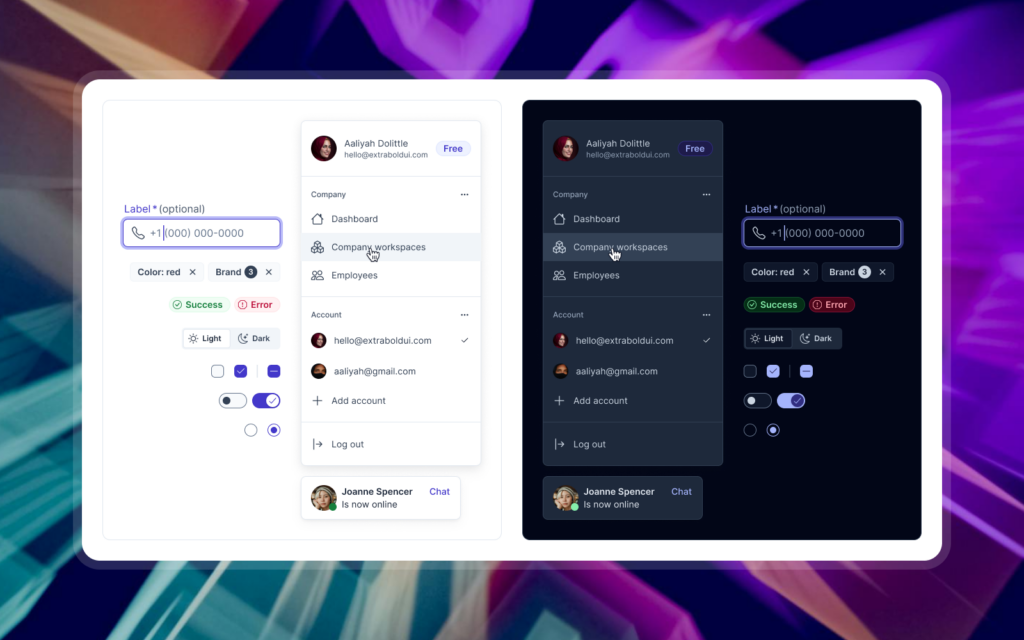Team collaboration is at the heart of successful product development, but it is not without its challenges. Misaligned goals, unclear communication, and inconsistent outputs often lead to chaos, slowing down progress and frustrating team members. Enter the design system: a structured approach to organizing and standardizing your design and development processes. Here’s how a design system can transform team collaboration, turning confusion into clarity.
Establishes a Single Source of Truth
A design system centralizes all design and development resources, including components, style guides, and design tokens, in one accessible location. This eliminates the guesswork around which assets to use, ensuring that everyone on the team is aligned. Designers, developers, and product managers can all refer to the same source, reducing inconsistencies and improving communication.
Streamlines Communication Across Teams
Without a design system, miscommunication between design and development teams is common. Designers might envision a specific UI element that developers struggle to replicate, or developers might interpret designs differently. A design system bridges this gap by providing clear guidelines, code-ready components, and usage examples. It acts as a shared language, enabling seamless collaboration.
Reduces Redundancy and Duplication
Inconsistent design and development practices often lead to duplicated efforts, with teams recreating similar components or workflows from scratch. A design system eliminates this inefficiency by offering a library of reusable components and patterns. This not only saves time but also ensures consistency across projects, even as the team scales.
Simplifies Onboarding for New Team Members
For new hires, diving into an ongoing project can be overwhelming. A well-documented design system serves as a comprehensive guide, helping new team members understand the project’s visual and functional standards quickly. This accelerates their learning curve and enables them to contribute effectively right away.
Supports Iteration and Growth
As products evolve, so do their requirements. A design system provides a flexible framework that supports iteration and scaling. Teams can update or expand components within the system, ensuring that changes are reflected consistently across all products. This adaptability fosters long-term collaboration as the team and project grow.
A design system is more than a collection of components; it is a collaboration tool that brings clarity and structure to team workflows. By centralizing resources, reducing redundancy, and fostering effective communication, a design system empowers teams to work more efficiently and cohesively.
Ready to experience the transformation? Explore Extrabold UI to see how it can help you create a custom design system. Try it for free and start building clarity into your processes today.

